This month's Book Nook topic is...
Using Explanations with
Charlie & Mouse Are Magic
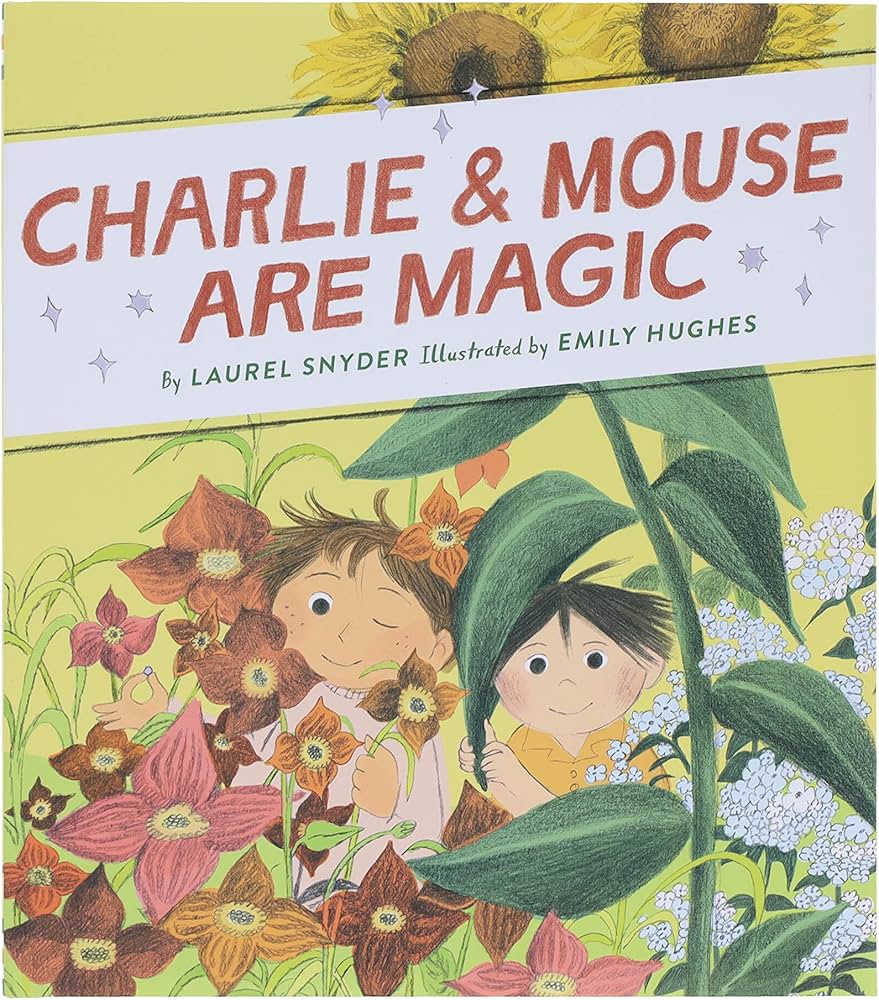
An essential part of building story comprehension is helping children understand why something happens. While many children can listen to a book, they often need encouragement to think beyond the surface of a story.
Talking about the reasons why things happen in a story helps young children to make important cause-and-effect connections. Explanations support children’s deeper understanding of the story and provide opportunities to use critical thinking skills.
Let’s get started!
The Book:
Charlie & Mouse Are Magic by Laurel Snyder; Illustrated by Emily Hughes
Why we chose this book
In this story, young siblings Charlie and Mouse use the power of their imagination to explore the magic in everyday life. Mouse brews up a “potion” that grants his wish for cookies, Charlie leads an “invisible” game outside in the rain, and they both invite their stuffed animals to dinner. The book has simple, repetitive language and presents many opportunities to discuss why things happen.
The first reading: Help the child get to know the story
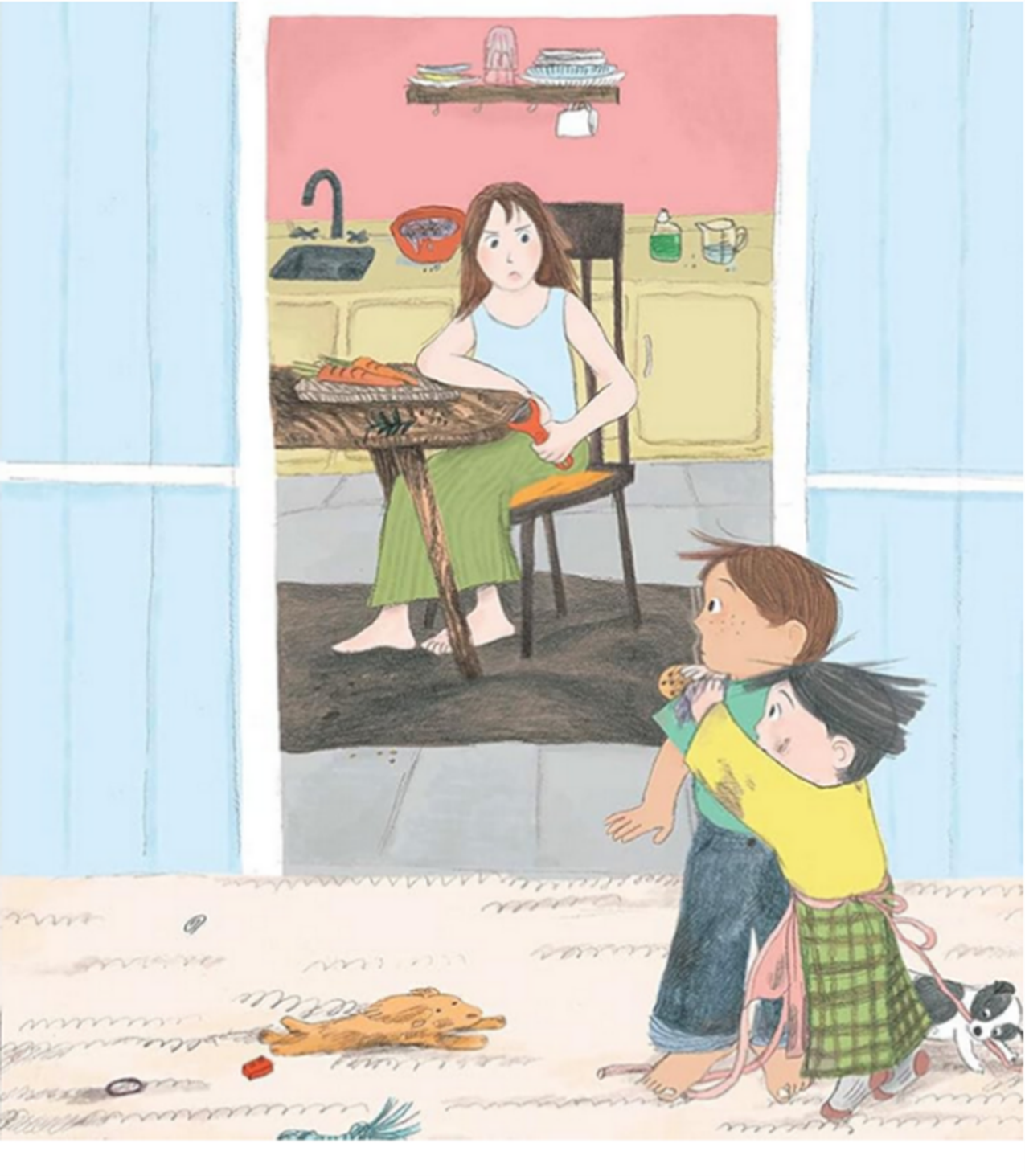 The goal of the first reading is to help the child gain an overall understanding of the story. So, when reading Charlie & Mouse for the first time, try to keep the story moving. You can make 3-5 comments to help the child remember and understand the basic elements of the book. Lengthier conversations about what happened in the story can occur after reading the book, and when revisiting the story.
The goal of the first reading is to help the child gain an overall understanding of the story. So, when reading Charlie & Mouse for the first time, try to keep the story moving. You can make 3-5 comments to help the child remember and understand the basic elements of the book. Lengthier conversations about what happened in the story can occur after reading the book, and when revisiting the story.
You can support the child’s understanding by focusing on the basic elements in Charlie & Mouse:
- “This story is about Charlie and Mouse. They are the main characters.”
- “Charlie and Mouse have a problem – they don’t want to stop playing with the animals in the bathtub, but it’s time for dinner!”
- “Charlie and Mouse solve the problem by bringing their toys out of the tub and to the dinner table!”
Incorporating explanations into later readings
There are two main strategies you can use to include explanations as you read Charlie & Mouse: making thinking-out-loud comments and asking questions that encourage explanations.
- Making thinking-out-loud comments
Thinking-out-loud comments give the child a model of how we reflect on parts of a story that are not directly stated in the text or shown in the pictures. For example, “I wonder why Charlie and Mouse needed to take a bath.” 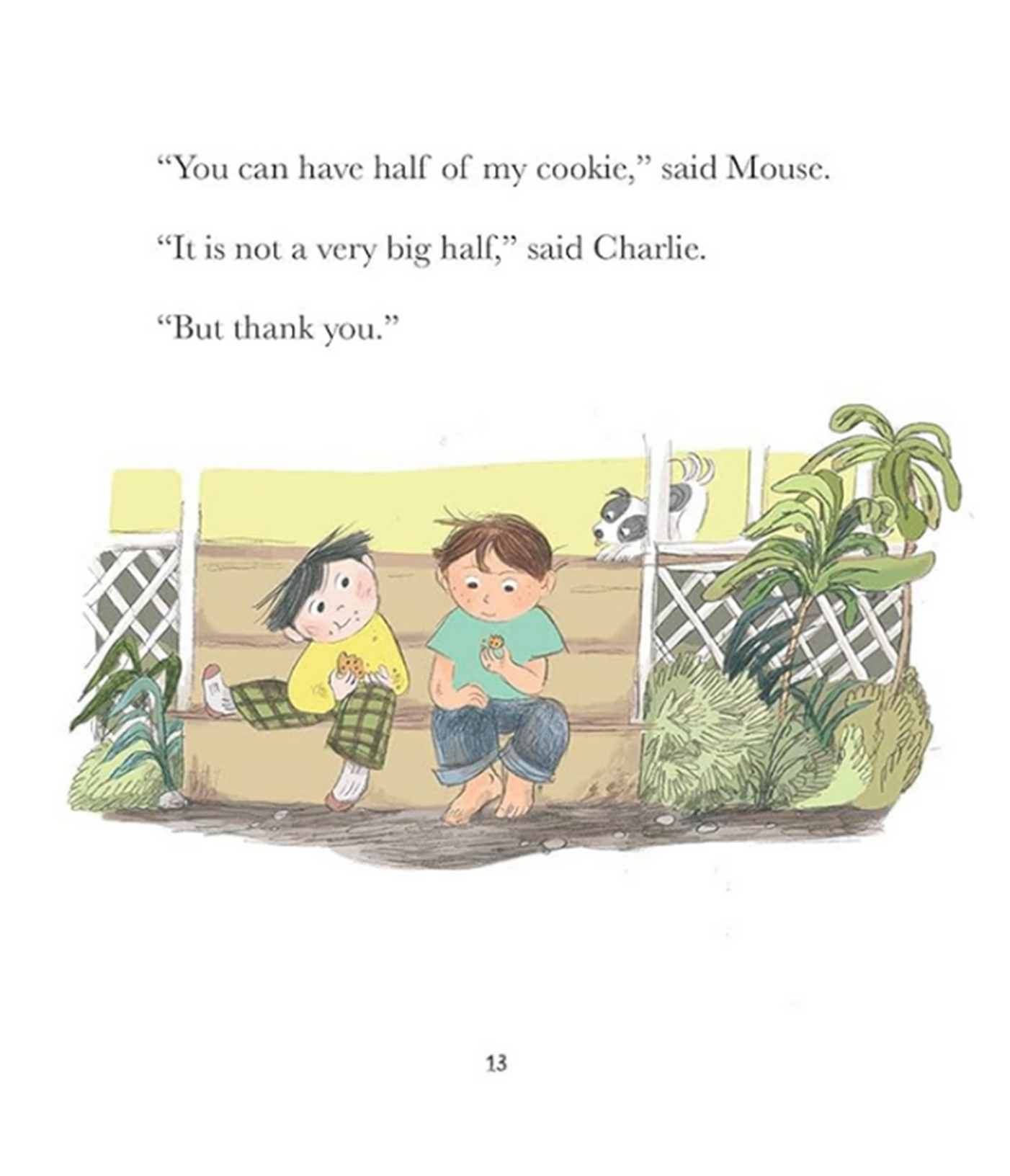
As you read, you can make thinking-out-loud comments without placing pressure on the child to respond, using phrases like “I’m wondering…” or “I’m thinking about…” Here are some more examples of thinking-out-loud comments you could make as you read Charlie & Mouse with the child:
- “I wonder why Charlie and Mouse’s mother got frustrated and told them to ‘scram.’”
- “I’m thinking about why no one notices Charlie and Mouse when they’re sitting on the steps and eating a cookie.”
- “Maybe Charlie says they are invisible because no one can seem them in the garden.”
2. Asking questions that encourage explanations
Questions that encourage explanations ask the child to use their knowledge and reasoning skills, and to look for meaning beyond what is written on the page. Here are some examples of questions that encourage explanations in Charlie & Mouse:
- “Why does Charlie and Mouse’s mother apologize to them?”
- “Why don’t Charlie and Mouse’s friends wave to them?”
- “At the end of the story, their dad says his wish came true when he used the potion. Why did their dad say this?”
When you use explanations in your comments and questions, you help the child make cause-and-effect connections between events – an important part of comprehending stories.
Keep the conversation going to build deeper understanding
Every time you make a comment or ask a question, it’s important to wait and give the child time to respond. If the child does not respond after about 10 seconds, simply provide the answer yourself to keep the conversation going.
Explanations support children to think more deeply about the book, its characters, and why the story progresses as it does. The more you talk about the story by making comments and asking questions, the further the child’s understanding will go.
Happy reading!
More Resources
The strategies in this Book Nook post are drawn from Hanen’s practical, research-based guidebooks for building emergent literacy. Explore the links below to learn more about how these guidebooks can support you.
For Parents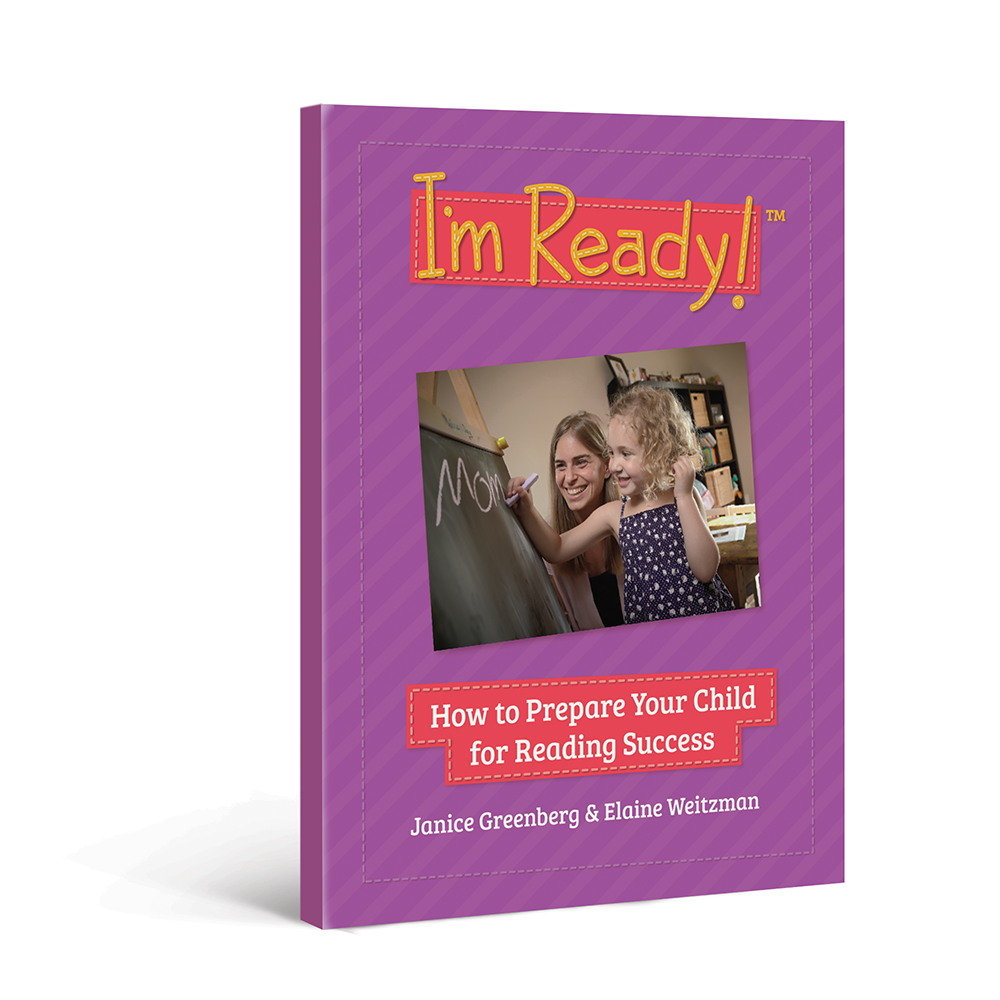 I'm Ready! guidebook
I'm Ready! guidebook
For Educators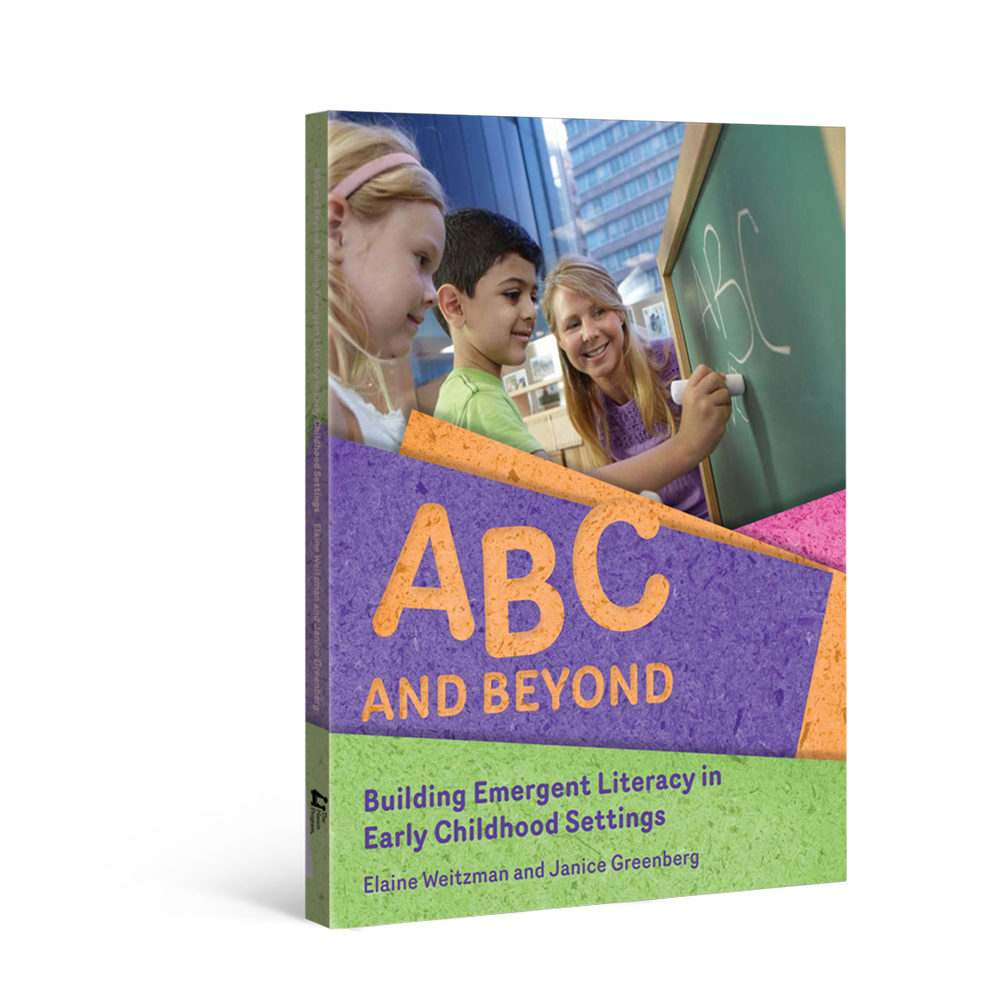 ABC and Beyond guidebook
ABC and Beyond guidebook
